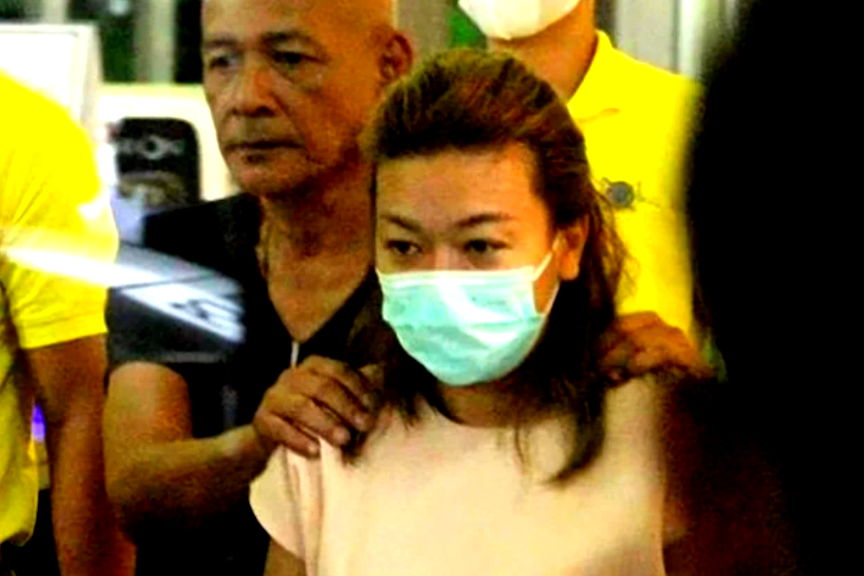The forgotten case of Japan’s vending machine serial killer who fatally poisoned 12 people



By Bryan Ke
Nearly 38 years ago, Japan was terrorized by a series of indiscriminate poisonings that killed 12 people, leaving local police with no investigation leads, no evidence and a cold case that remains unsolved to this day.
How it started: The killer first struck on April 30, 1985, when an unsuspecting victim drank a bottle of vitamin-enriched Oronamin C juice left on top of a vending machine in Fukuyama, Hiroshima. The man, a 45-year-old truck driver, fell ill after drinking the juice and died on May 30, 1985.
Medical tests reportedly revealed that the juice the man ingested was laced with paraquat dichloride, an herbicide commonly referred to as paraquat used to control weeds in agricultural and non-agricultural sites.
The chemical’s toxicity: Paraquat is a highly toxic chemical to humans that can destroy the body in a matter of weeks, days or even hours. When ingested, the herbicide can cause a wide range of complications, such as acute respiratory distress syndrome, renal failure and pulmonary fibrosis.
The juice: Otsuka Pharmaceutical Company, the company behind the juice brand, was offering a promotion at the time of the incidents that gave lucky buyers a free bottle of Oronamic C as a marketing tactic.
More victims: Another victim, a 52-year-old man identified as Haruo Otsu, met the same fate months later on Sept 11, when he drank his second bottle of the same juice brand that came “free” from a vending machine. He immediately fell ill and died soon after.
Ten other victims from different prefectures in Japan died from the same poisoning method, including another man identified by the Chicago Tribune in October 1985 as Takashi Sakai. Sakai drank his free bottle at home, became violently ill 30 minutes after and died in a hospital six weeks later.
A 17-year-old girl from Saitama, the only female to have died from the poisoning, was reportedly the killer’s last victim before their indiscriminate murder spree stopped completely.
The investigation: Although police launched an investigation into the murders, they eventually hit a dead end after finding insufficient leads in the case, such as witness statements or DNA evidence.
Authorities also could not find a motive behind the killings, as they took place at different, seemingly random locations and the victims had no connections to each other.
Countermeasure: To combat the string of poisoning incidents, the National Police Agency reportedly initiated a nationwide campaign warning people to inspect their drinks bought from vending machines before consuming them.
What happens now: Although nearly four decades has passed since the murders, the killer could still be brought to justice if identified as Japan abolished the statute of limitations for murder in 2010. This change in the law can still be applied even if the crime was committed before the enactment.
Share this Article
Share this Article







